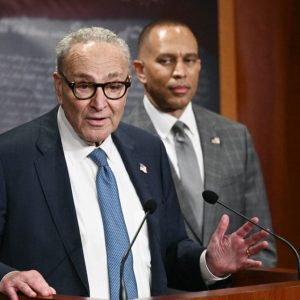The U.S. Supreme Court has agreed to hear a major case challenging the use of race in drawing voting maps, potentially reshaping how congressional districts are formed nationwide. Expanding the scope of an existing case from Louisiana, the Court will consider whether the 1965 Voting Rights Act still justifies creating majority-Black or majority-Hispanic districts. This decision could impact dozens of congressional, state, and local maps, particularly in areas with large minority populations.
At the heart of the case is Louisiana’s 2022 map, which added a second majority-Black district after a lower court ruled it was needed to comply with the Voting Rights Act. That map helped Democrat Cleo Fields win a seat, while preserving Republican districts like that of House Speaker Mike Johnson.
However, a group of “non-African American” plaintiffs challenged the map, claiming it relied too heavily on race and violated the Constitution’s equal protection clause. Although a panel initially blocked the map, the Supreme Court reinstated it for the 2024 election, citing the closeness to election day as a reason to avoid last-minute changes.
Now, the Court will determine whether the map can remain in effect through 2030. Conservative justices have increasingly questioned the ongoing use of race in redistricting. Meanwhile, Justice Brett Kavanaugh raised procedural concerns, noting the plaintiffs may have undermined their case by not presenting key arguments earlier.
The outcome of the case could influence redistricting efforts in several states, including Texas, California, and New York, where lawmakers are considering mid-decade changes. A ruling expected in 2025 could shift the balance of power in Congress and affect how districts are drawn nationwide in the years to come.





